Ever wondered about Japanese Cast Iron
Some models come with practical stainless steel infuser baskets, simplifying the brewing process. Discover the seamless process of brewing and the diverse types that enrich the world of Japanese
Join us on this journey of appreciation for the craftsmanship and functionality of these captivating teapots.
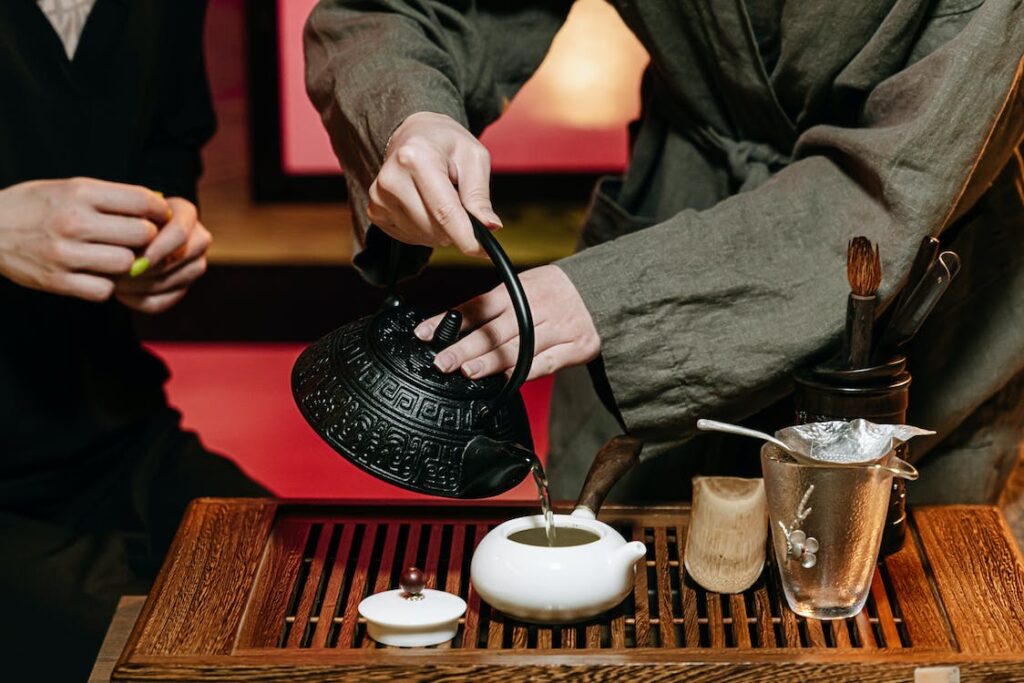

Key Takeaways
- Japanese Cast Iron
Tea Pots are meticulously handcrafted using traditional techniques passed down through generations, creating a seamless blend of tradition and artistry. - The teapots’ unique textures enhance heat distribution, and their iron content allows for prolonged heat retention, making them ideal for brewing and serving
tea for extended periods. - Some models feature removable stainless steel infuser baskets, simplifying the
tea brewing process and allowing for easy removal oftea leaves after the desired brewing time. - Beyond functionality, these teapots are prized for their beautiful and intricate designs, often adorned with traditional Japanese motifs like cherry blossoms, dragons, or geometric patterns.
- Japanese Cast Iron
Tea Pots have gained popularity in Western markets due to their unique combination of functionality and aesthetics, offering a traditional method oftea brewing and a valuable addition totea enthusiasts’ collections.
History of the Japanese Cast Iron Tea Pot
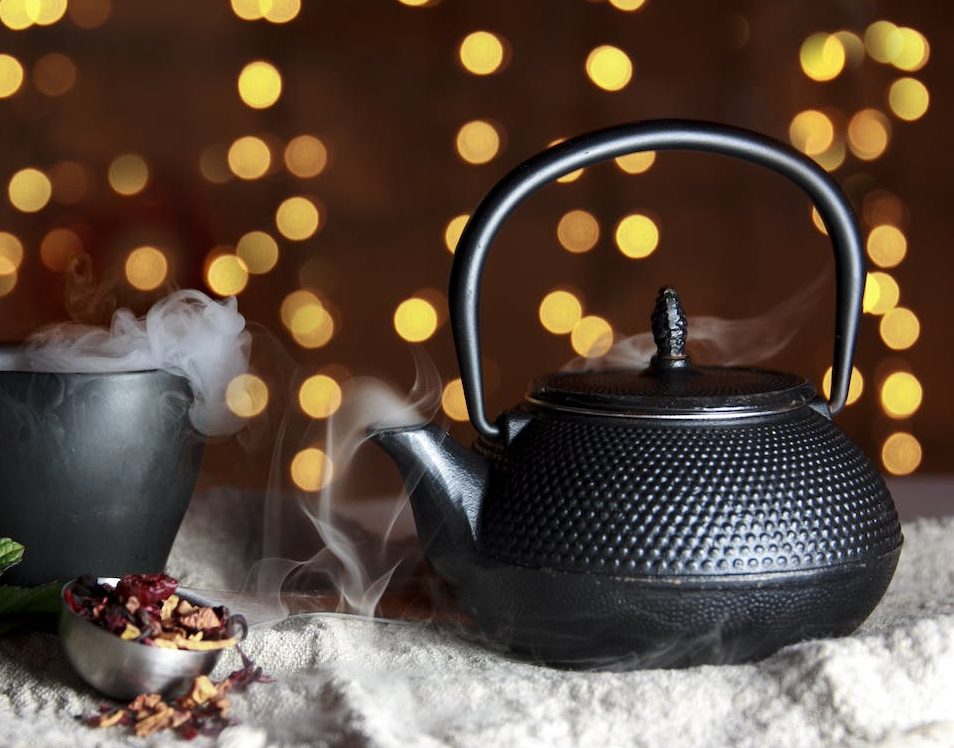

The history of the Japanese cast iron
Origins as Water Kettles
The tetsubin was first introduced by a merchant named Sōmi Gorōbei in the region of Iwate. Originally, it served as a water kettle for boiling water over an open flame. These iron pots were practical for daily use, providing a reliable and durable means of heating water.
Transformation into
As tea culture began to flourish in Japan, the tetsubin evolved into a vessel specifically designed for brewing and serving
The tetsubin became more than just a functional item; it symbolized status and wealth. Owning a beautifully crafted tetsubin was considered a sign of refinement and taste. These tea pots became coveted possessions, showcasing the owner’s appreciation for aesthetics and craftsmanship.
Skilled Production in Nambu Region
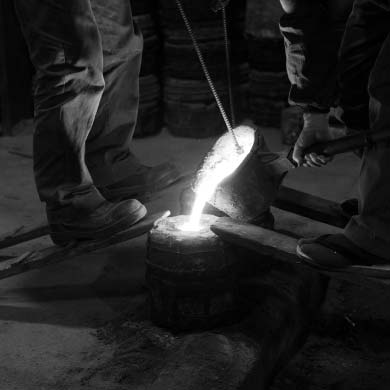

The tetsubin production process involves multiple steps. Iron sand found in the region is collected and smelted to create molten iron. This molten iron is then poured into molds made from sand and clay, giving the tetsubin its characteristic rough surface texture. The
Japanese cast iron
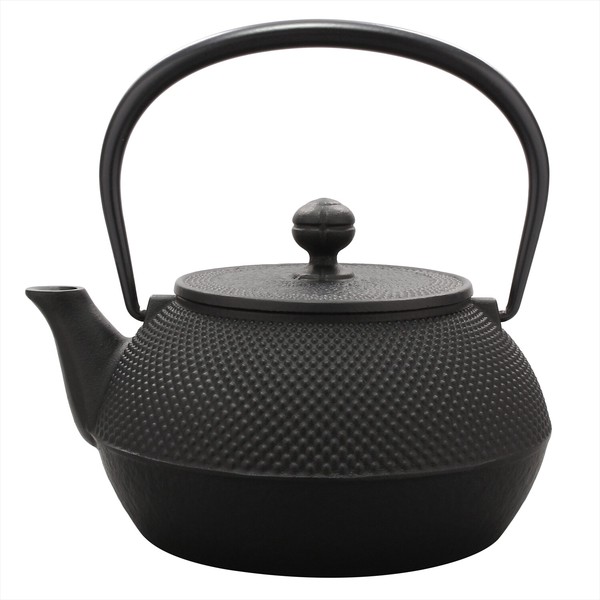

Experience the enchantment of Nambu Tetsubin, a cast iron tea pot celebrated for timeless eleganc...
- The Nambu Tetsubin's high-quality cast iron construction ensures exceptional heat retention, keeping tea hot for an extended period.
- The porous nature of cast iron interacts with tea flavors, enriching the brew with a distinct richness and depth over time.
- Handcrafted by skilled artisans in Japan's Nambu region, each teapot is a testament to traditional artistry and cultural heritage.
- The cast iron material can make Nambu Tetsubin tea pots relatively heavy, which might not be ideal for individuals seeking lightweight options.
- Some Nambu Tetsubin tea pots have smaller capacities compared to other materials, potentially limiting the amount of tea they can hold.
- Authentic Nambu Tetsubin tea pots can be relatively expensive due to their craftsmanship, which might not fit every budget.
- The enamel-coated interior should be handled with care to avoid chipping or scratching, which could impact the aesthetics and use of the teapot.
Variety of Styles and Sizes of Japanese Cast Iron Tea Pots
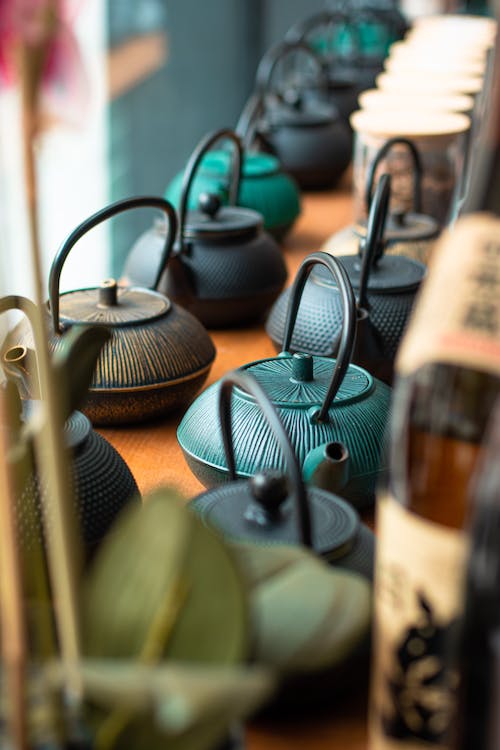

When it comes to Japanese cast iron
The Nambu Tekki and Traditional Designs
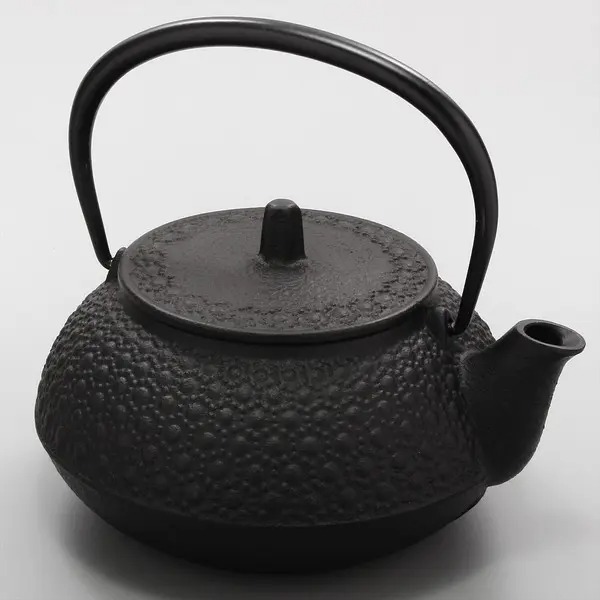

One popular style of Japanese cast iron
Contemporary and Minimalist Designs
For those who prefer a more contemporary look, there are sleek and minimalist cast iron
Different Sizes for Different Needs
In addition to the variety of styles, Japanese cast iron
No matter the style or size, Japanese cast iron
Advantages of Using a Japanese Cast Iron Tea Pot
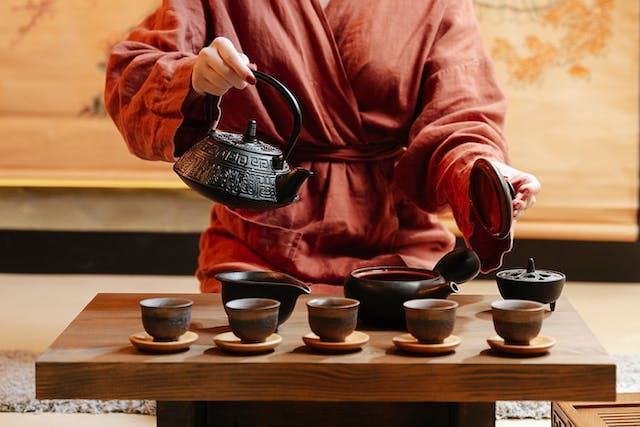

A Japanese cast iron
- Superior Heat Retention: The cast iron material of a Japanese
tea pot ensures that yourtea stays hot for a longer period. The thick walls of the pot absorb and retain heat, allowing thetea to steep and infuse its flavors fully. - Even Heat Distribution: Cast iron is known for its excellent heat distribution properties. This means that the heat is evenly distributed throughout the
tea pot, ensuring that yourtea is brewed thoroughly and evenly. - Health Benefits: When hot water is poured into a cast iron tea pot, a small amount of iron is released into the water. This not only adds a subtle iron flavor to your
tea but also provides health benefits. Iron is an essential mineral that helps in the formation of red blood cells and improves overall blood circulation. - Durability: Japanese cast iron
tea pots are built to last. The sturdy construction and high-quality materials ensure that yourtea pot will withstand daily use and stand the test of time. With proper care, it can become a treasured heirloom piece that can be passed down through generations. - Versatility: A Japanese cast iron
tea pot can be used to brew different types oftea , including greentea , blacktea , herbaltea , and even blooming teas. The versatility of the tea pot allows you to experiment with different flavors and infusions, enhancing yourtea -drinking experience. - Aesthetics: Japanese cast iron tea pots are known for their stunning aesthetic appeal. With intricate designs and beautiful craftsmanship, these
tea pots add a touch of sophistication and artistry to anytea -drinking ritual. They make a visually pleasing centerpiece and a conversation starter duringtea parties and gatherings. - Easy to Clean: The enamel lining inside the
tea pot not only prevents rust but also makes it easy to clean. Simply rinse with warm water and wipe off any residue with a soft cloth. Avoid using harsh detergents or scrubbing pads, as they may damage the enamel finish. - Authenticity: Owning a Japanese cast iron
tea pot means you are investing in a piece of Japanese culture and tradition. Thesetea pots are often made using traditional production techniques that have been passed down through generations. By using a Japanese cast irontea pot, you are embracing a rich heritage and paying homage to the timeless beauty of Japanese craftsmanship.
In conclusion, a Japanese cast iron
Durability of Japanese Cast Iron Tea Pots
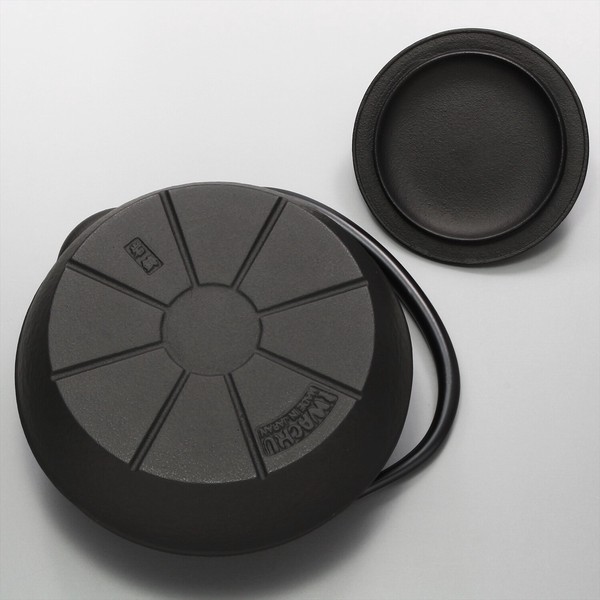

Durability is one of the key factors to consider when purchasing a Japanese cast iron
The
Additionally, the cast iron material used in these
Retention of Heat: A Key Benefit of Japanese Cast Iron Tea Pots
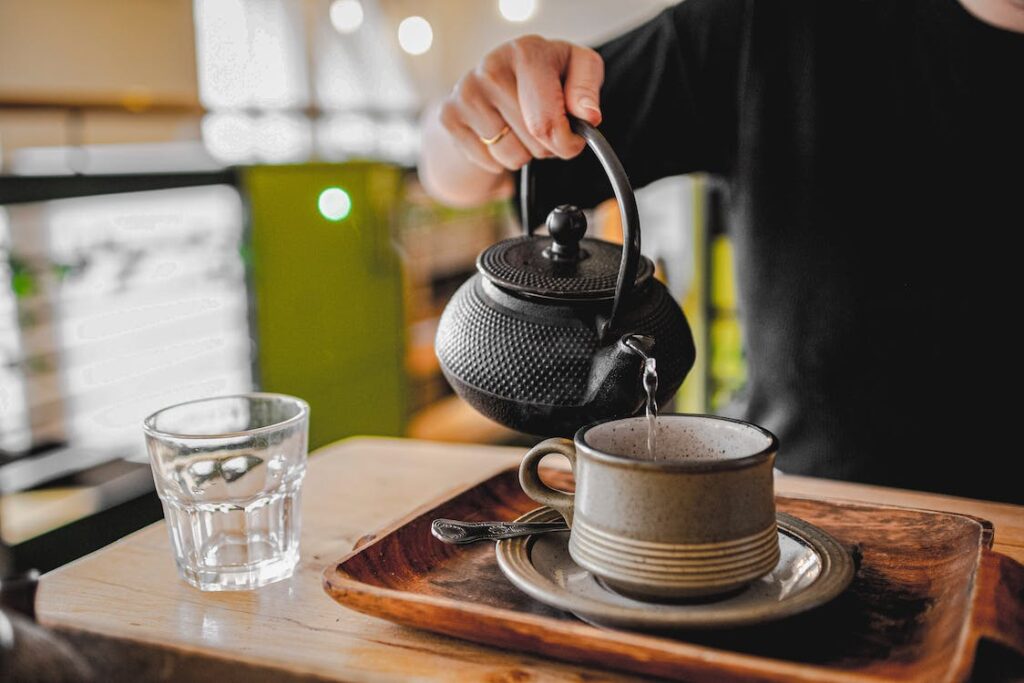

One of the most notable features of Japanese cast iron
The secret behind the impressive heat retention of Japanese cast iron
Excellent Thermal Conductivity
The thick walls of cast iron
Heat Reservoir
Once the
Tight-Fitting Lids
The design of Japanese cast iron
Flavor Enhancement
The prolonged heat retention of Japanese cast iron
Durability and Timeless Aesthetic
In addition to their heat retention properties, Japanese cast iron
Proper Care Instructions
To maximize the heat retention and extend the lifespan of your Japanese cast iron
Overall, the heat retention capabilities of Japanese cast iron
Health Benefits of Japanese Cast Iron Tea Pots
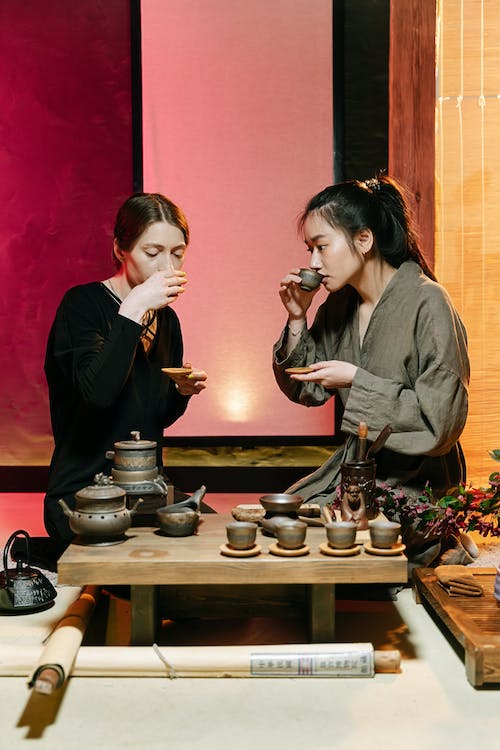

Japanese cast iron
Release of Iron into the
One of the main health benefits of using a Japanese cast iron
Enriching Water with Iron
The iron content in Japanese cast iron
Reduction of Harmful Chemicals
Another health benefit of using a Japanese cast iron
Promotion of Loose Leaf
The design of Japanese cast iron
Heat Retention for Flavorful
Additionally, the heat retention properties of Japanese cast iron
In conclusion, Japanese cast iron
Aesthetic Appeal of Japanese Cast Iron Tea Pots


The aesthetic appeal of Japanese cast iron
Traditional Techniques and Unique Designs
One standout feature of Japanese cast iron
Elegance and Sophistication
The rich black color of cast iron tea pots adds an element of elegance and sophistication to any
Tactile Experience
In addition to their visual appeal, Japanese cast iron
Thoughtful Details
Japanese cast iron
Conversation Starters
Whether displayed on a kitchen shelf or used to serve
When considering a Japanese cast iron
Prepping the Japanese Cast Iron Tea Pot Before First Use
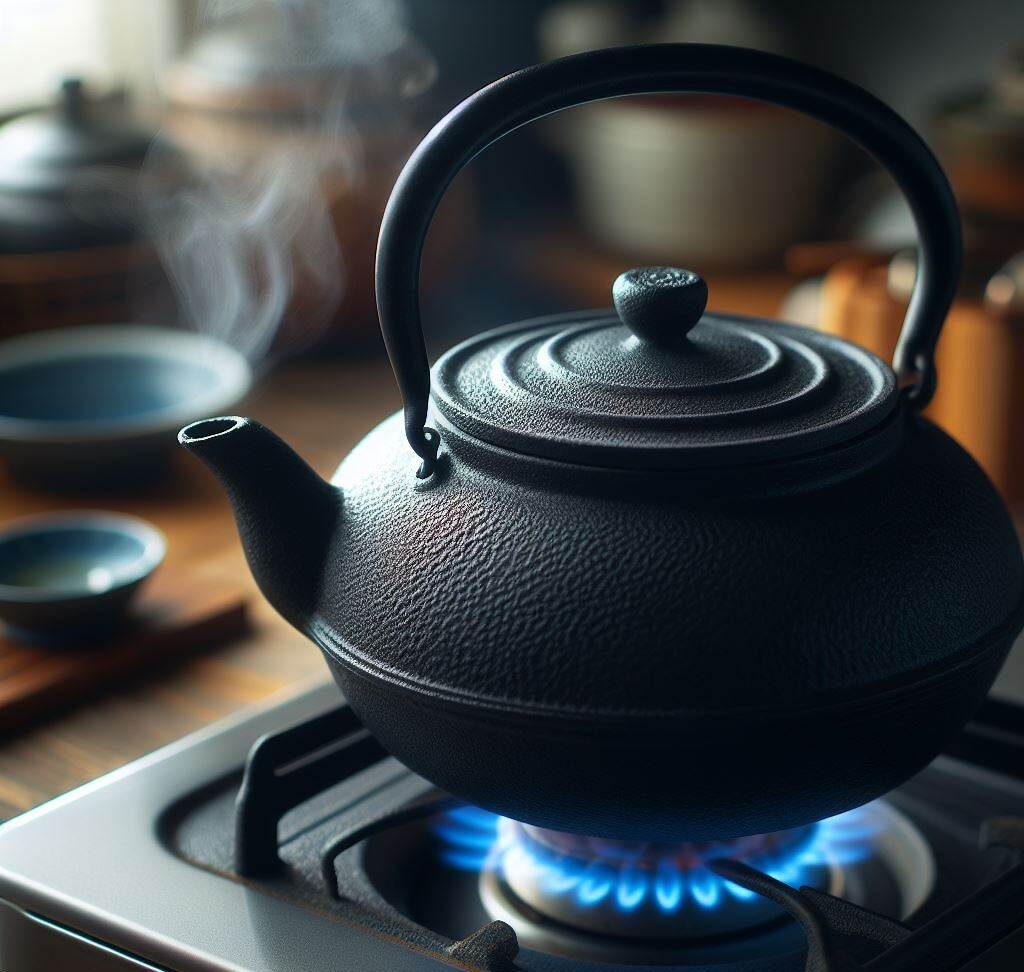

So, you’ve just purchased a beautiful Japanese cast iron
- Remove any labels or packaging from your
tea pot and rinse it with warm water to remove dust or residue. - Fill your
tea pot with cold water, leaving about an inch of space from the top. - Place your
tea pot on the stove over medium heat and allow the water to heat gradually. - Slowly bring the water to a boil, and then let it simmer for about 10 minutes to remove impurities or residues.
- Carefully remove the
tea pot from the heat, avoiding direct contact with the hot surface. - Pour out the water from the
tea pot. - Repeat the process of filling the
tea pot with cold water, heating, simmering, and pouring out the water two to three times until the water runs clear and has no impurities.
By now, your
It’s important to note that the seasoning process should not be mistaken for the seasoning of cast iron cookware used for cooking. While similar in concept, the
Now that you’ve successfully prepped your
Preparing the Water for Brewing Using the Japanese Cast Iron Tea Pot
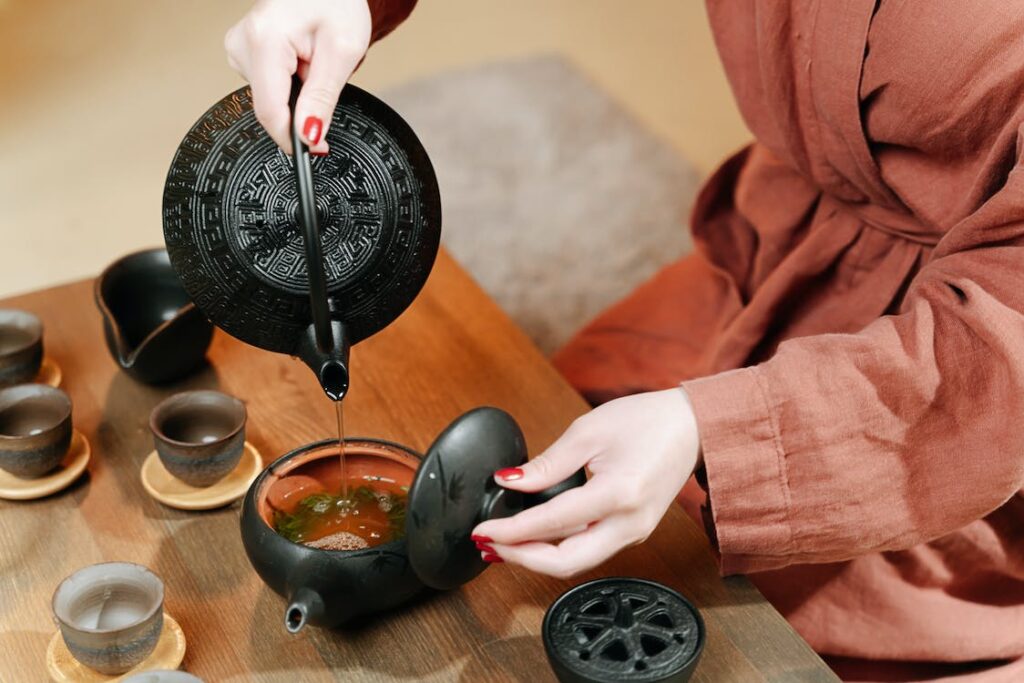

When it comes to brewing
- First and foremost, it is essential to use fresh, clean water. Tap water can contain impurities and chemicals that can affect the taste of your
tea . Instead, opt for filtered water or natural spring water for the best results. - Next, consider the temperature of the water. Different types of teas require different water temperatures to bring out their unique flavors and aromas. Using water that is too hot or too cold can result in a less-than-ideal cup of
tea .
It’s worth mentioning that investing in a temperature-controlled electric kettle or a thermometer can help you achieve the perfect water temperature consistently.
- Now that you’ve prepared the right water temperature, it’s time to fill your Japanese cast iron
tea pot. Fill it up about three-quarters full, leaving some space for thetea leaves to expand as they steep. Avoid overfilling the pot to prevent any potential spills or leaks.
It’s essential to note that Japanese cast iron
With your water properly prepared and your Japanese cast iron
In the next section, we will explore the different types of
Brewing Different Types of Teas Using the Japanese Cast Iron Tea Pot
When it comes to brewing
Green Tea
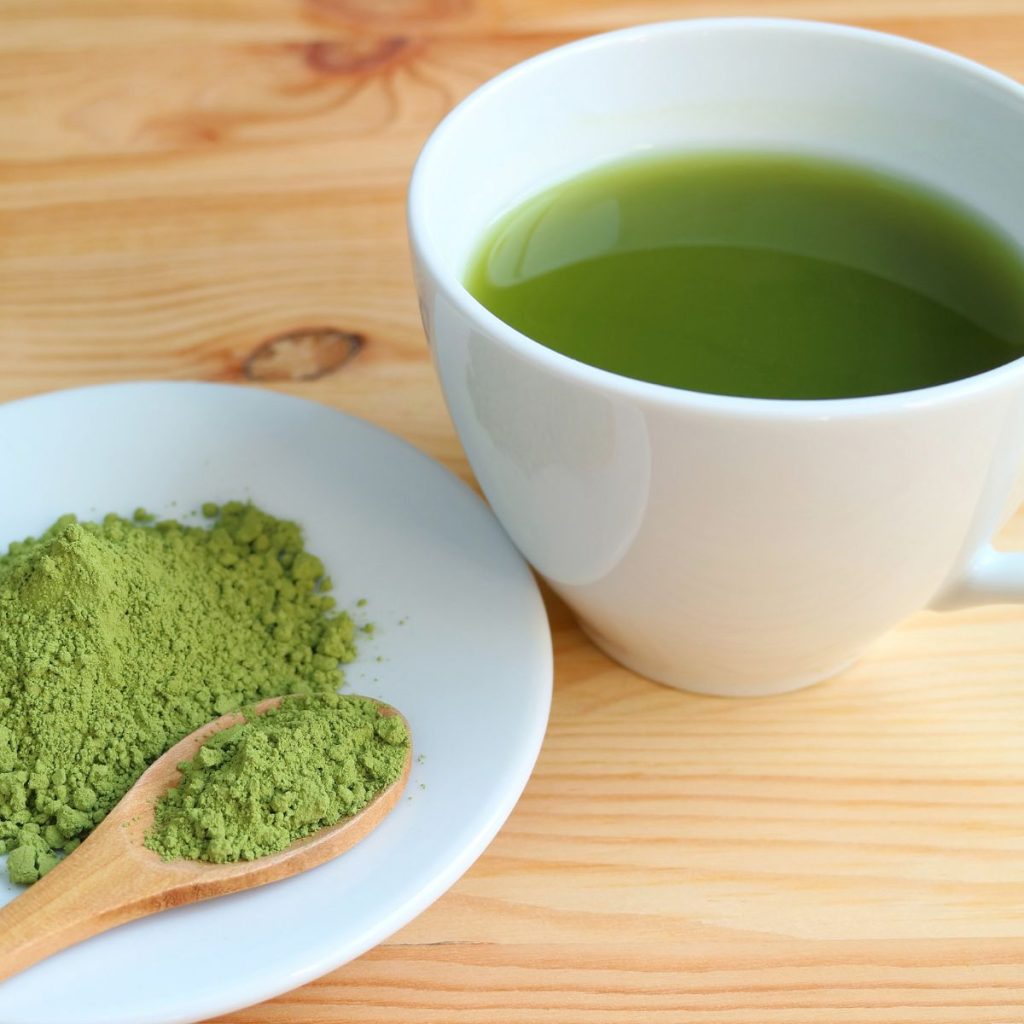

Green tea is known for its delicate flavors and vibrant green color. To brew the perfect cup of green tea, start by heating water to a temperature between 160-180°F (70-82°C). Once the water reaches the right temperature, pour it over your green
Black Tea
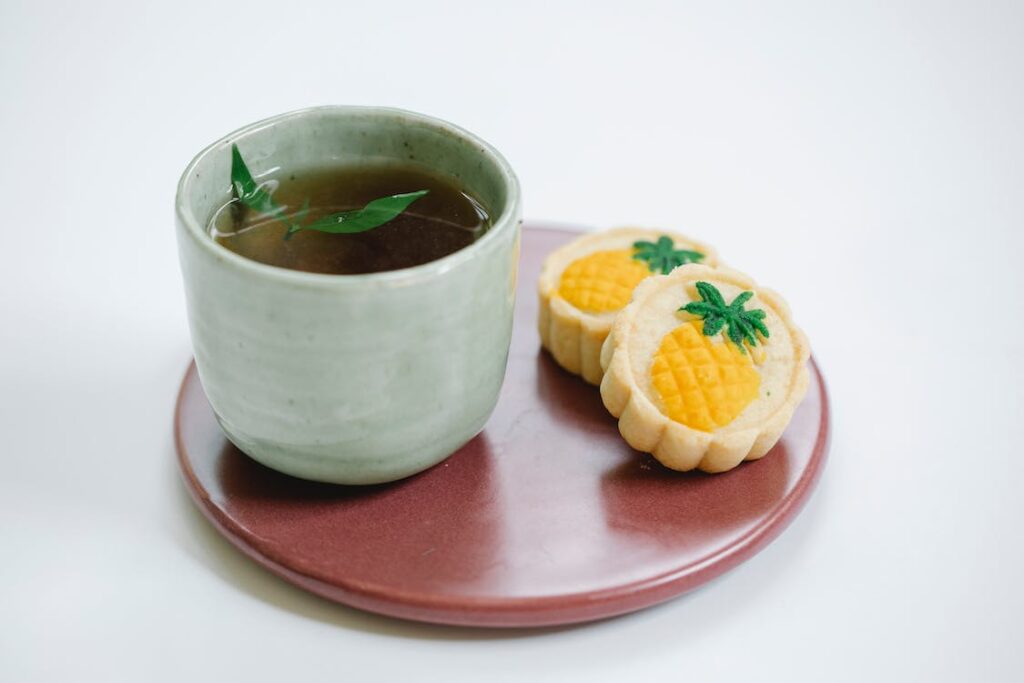

Black
White Tea
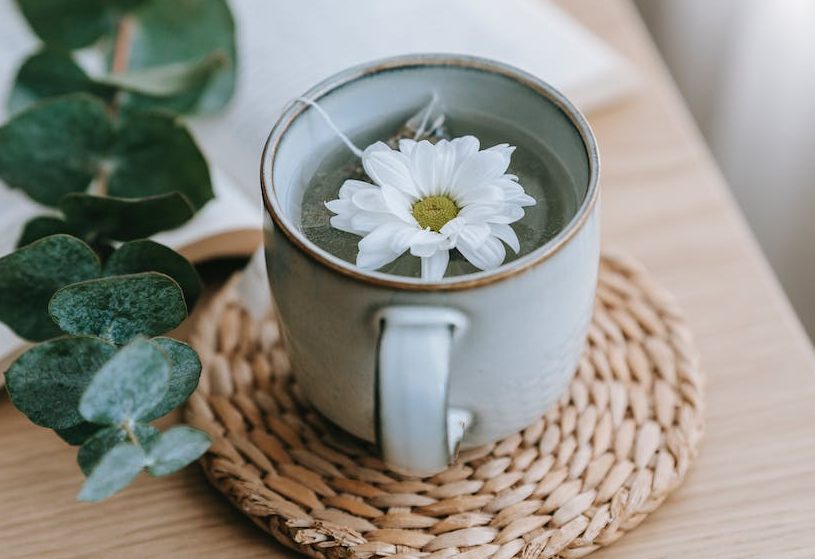

White
Oolong Tea
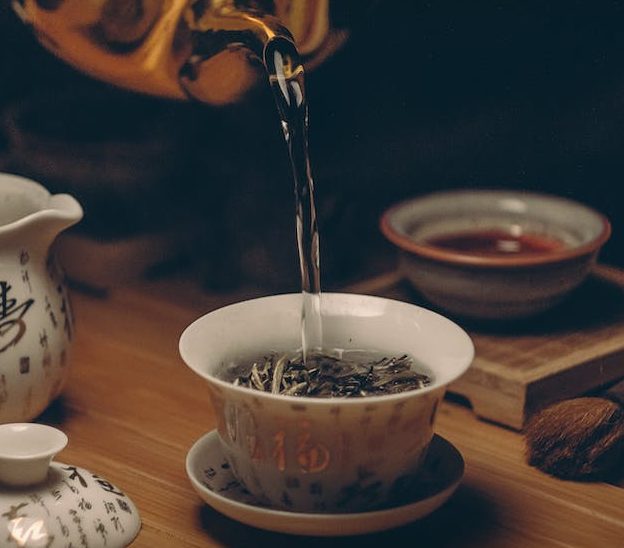

Oolong
Herbal Tea and Infusions
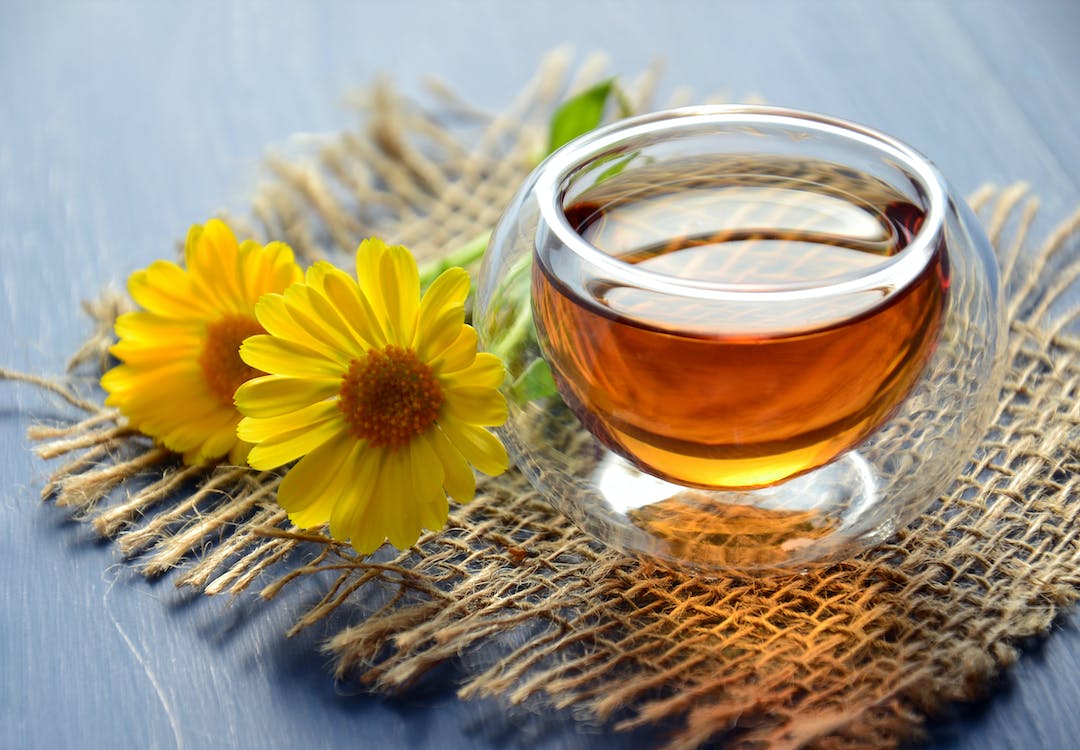

Herbal teas, also known as tisanes, encompass a wide range of flavors and ingredients, such as chamomile, peppermint, or hibiscus. Since herbal teas do not contain leaves from the Camellia sinensis plant, they require a higher temperature for brewing. Bring the water to a boil and steep herbal teas for about 5-7 minutes to extract the optimal flavors.
Remember, these brewing guidelines are just a starting point, and you can always adjust the steeping time and water temperature to suit your personal preferences. The quality of water,
Cleaning and Maintenance Tips for Your Japanese Cast Iron Tea Pot
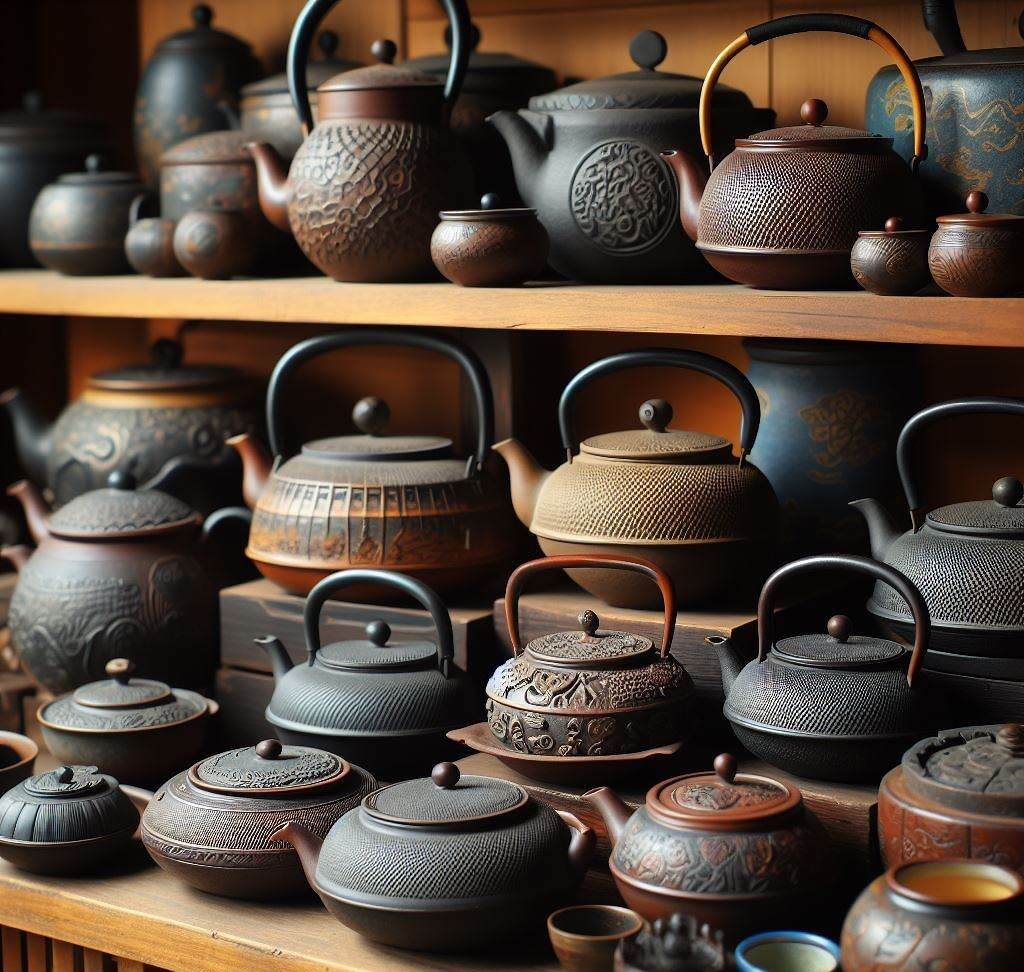

Cleaning and maintaining your Japanese cast iron tea pot is essential to ensure its longevity and continue enjoying the perfect cup of
- Hand-washing: Avoid using harsh detergents or abrasive scrubbing pads when cleaning your
tea pot, as they can damage the delicate surface. Instead, opt for a gentle dishwashing soap and a soft cloth or sponge. Rinse thetea pot thoroughly with warm water to remove any soap residue. - Drying: After washing, make sure to dry your
tea pot completely to prevent any moisture from causing rust or damage. Use a soft cloth or towel to gently blot away any excess water, and then leave thetea pot to air-dry completely. Avoid using a dishwasher or placing thetea pot in direct sunlight, as this can cause the enamel coating to fade or crack. - Seasoning: Traditional Japanese cast iron
tea pots are often seasoned to create a protective layer that prevents rust and enhances the flavor of thetea . To season yourtea pot, fill it with warm water and steep a small amount oftea leaves for about 15-30 minutes. Discard thetea and rinse thetea pot with warm water. Repeat this process a few times to build up the seasoning. - Removing Stains: Over time, your
tea pot may develop stains or discoloration due to the tannins in thetea . To remove these stains, mix a gentle cleaning solution of warm water and baking soda or lemon juice. Gently scrub the stained areas with a soft cloth or sponge, being careful not to scratch the surface. Rinse thoroughly and dry as usual.
By following these cleaning and maintenance tips, you can ensure that your Japanese cast iron



Konnichiwa! (Hello!) I'm Pat Tokuyama, a Japanese tofu cookbook author, who travels for music, food, and adventure. If you like Japanese tea, checkout some of the newestorganic japanese tea, matcha bowls and noren and more!
** Curious about the Plant Based Japanese Cooking Club? ** Learn more here!
Storing Your Japanese Cast Iron Tea Pot
When storing the
By investing in a durable Japanese cast iron
Final Words
In conclusion, Japanese cast iron
Popular in Western markets, they reflect a fusion of tradition and modern taste. Whether enjoying the versatility of brewing various teas, appreciating their durability, or savoring the health benefits, a Japanese cast iron
Elevate your


Experience the enchantment of Nambu Tetsubin, a cast iron tea pot celebrated for timeless elegance. Immerse yourself in Japanese artistry, elevating your tea rituals with its alluring charm. Originating from Morioka City, these tea pots boast exceptional craftsmanship and durability. Explore Nambu Tetsubin today and elevate your tea experience with tradition and taste!
Buy NowPros:- Cast iron Japanese tea pots are known for their exceptional heat retention, ensuring your tea stays hot for an extended period.
- The porous nature of cast iron interacts with tea flavors, resulting in a deeper and more nuanced taste over time.
- Cast iron tea pots are highly durable and can last for generations with proper care, making them potential heirlooms.
Cons:- Cast iron tea pots can be heavy, making them less convenient for those who prefer lightweight options or have mobility issues.
- Some cast iron tea pots require regular seasoning to prevent rust and maintain their seasoning layer, which might be time-consuming for some users.
- Authentic cast iron Japanese tea pots can be relatively expensive due to their craftsmanship, which might not fit all budgets.


Experience the authentic elegance of Nambu Tekki Japanese tea pots, blending timeless artistry with impeccable functionality. From alluring designs to exceptional heat retention, these treasures offer a transformative tea experience. Discover the cultural heritage and elevate your moments with Nambu Tekki's unmatched quality. Transport yourself to tranquility – explore Nambu Tekki today!
Buy NowPros:- The enamel-coated interior ensures that your tea's flavor remains untainted, delivering a clean and authentic taste with every sip.
- Handcrafted in the Nambu region, these tea pots exhibit a sleek and minimalist design that adds a touch of sophistication to your tea experience.
- The combination of durable materials and a lightweight structure makes the Nambu Tekki tea pot easy to handle and practical for daily use.
Cons:- The enamel interior requires gentle care to prevent chipping or cracking, which could impact its appearance and functionality.
- Compared to thicker cast iron pots, Nambu Tekki tea pots might have slightly lower heat retention properties, potentially leading to quicker cooling of the tea.
- Over time, enamel coatings might develop discoloration due to tea stains or hard water deposits, affecting the pot's appearance.


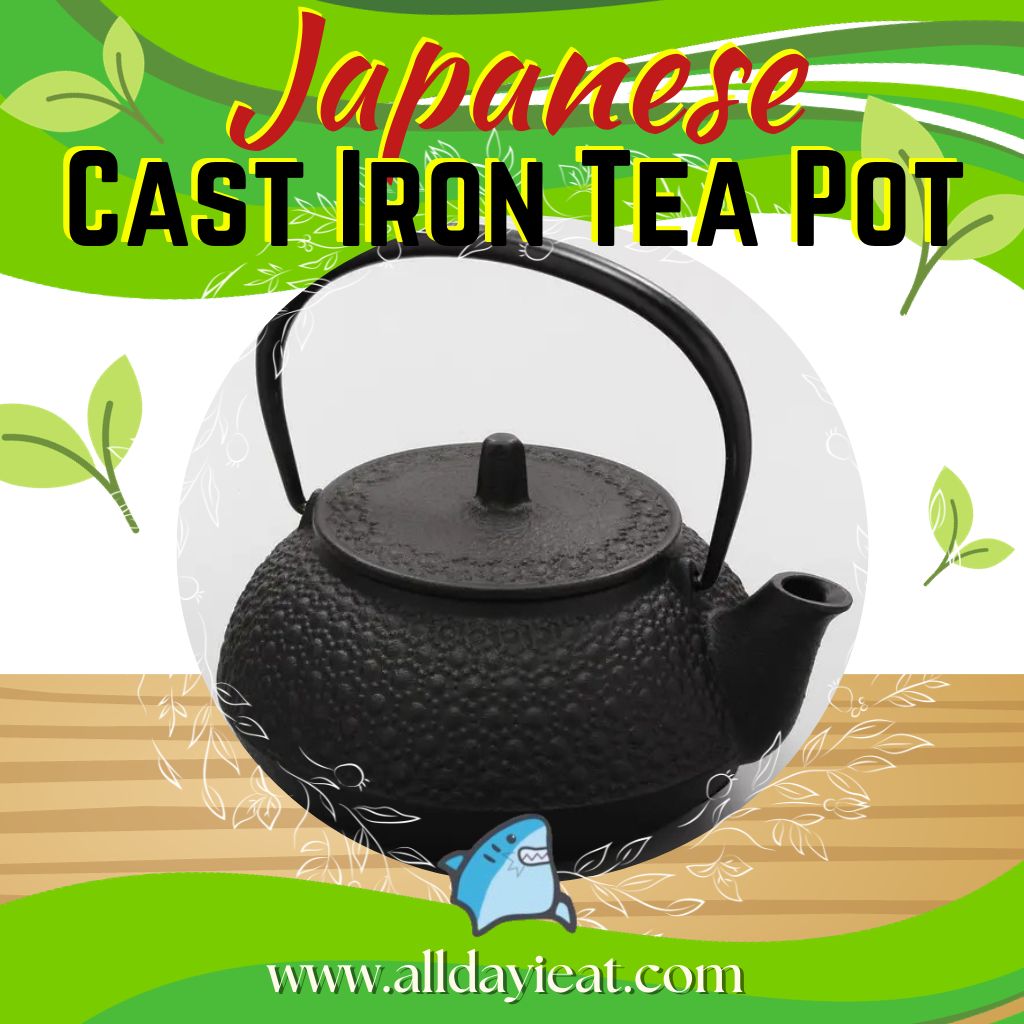


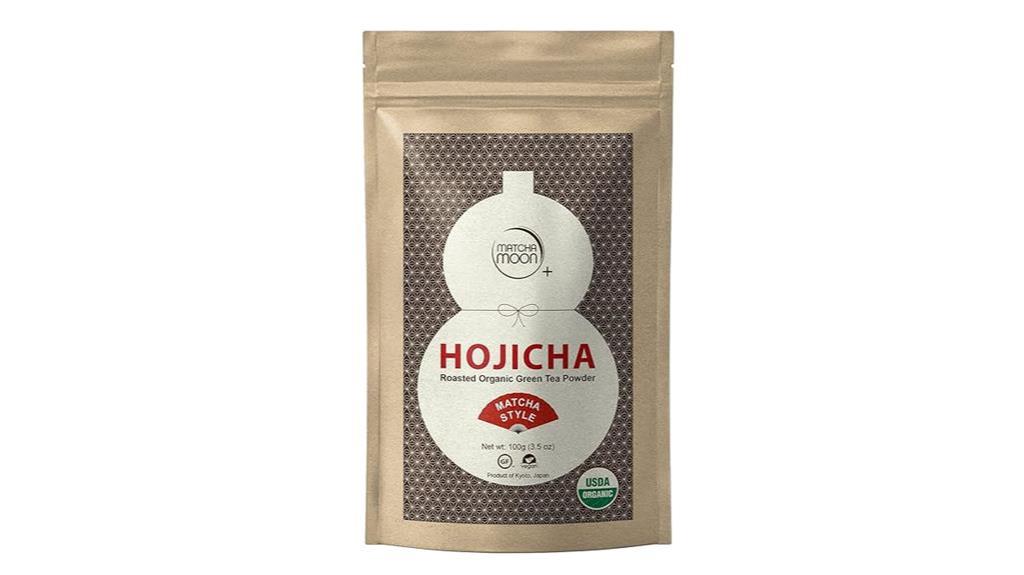
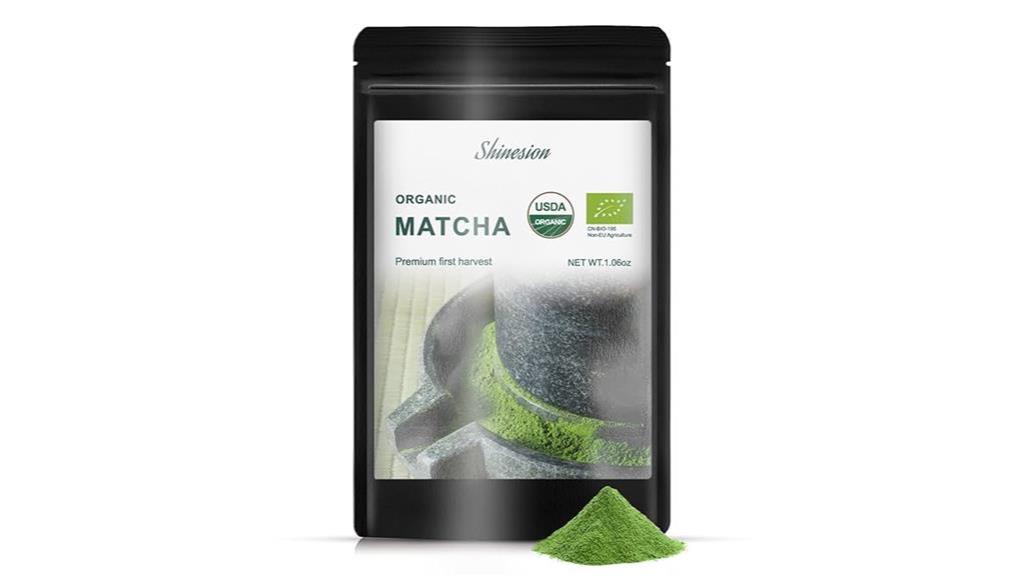
Konnichiwa! (Hello!) I'm Pat Tokuyama, a Japanese tofu cookbook author, who travels for music, food, and adventure. If you like Japanese tea, checkout some of the newestorganic japanese tea, matcha bowls and noren and more!
** Curious about the Plant Based Japanese Cooking Club? ** Learn more here!